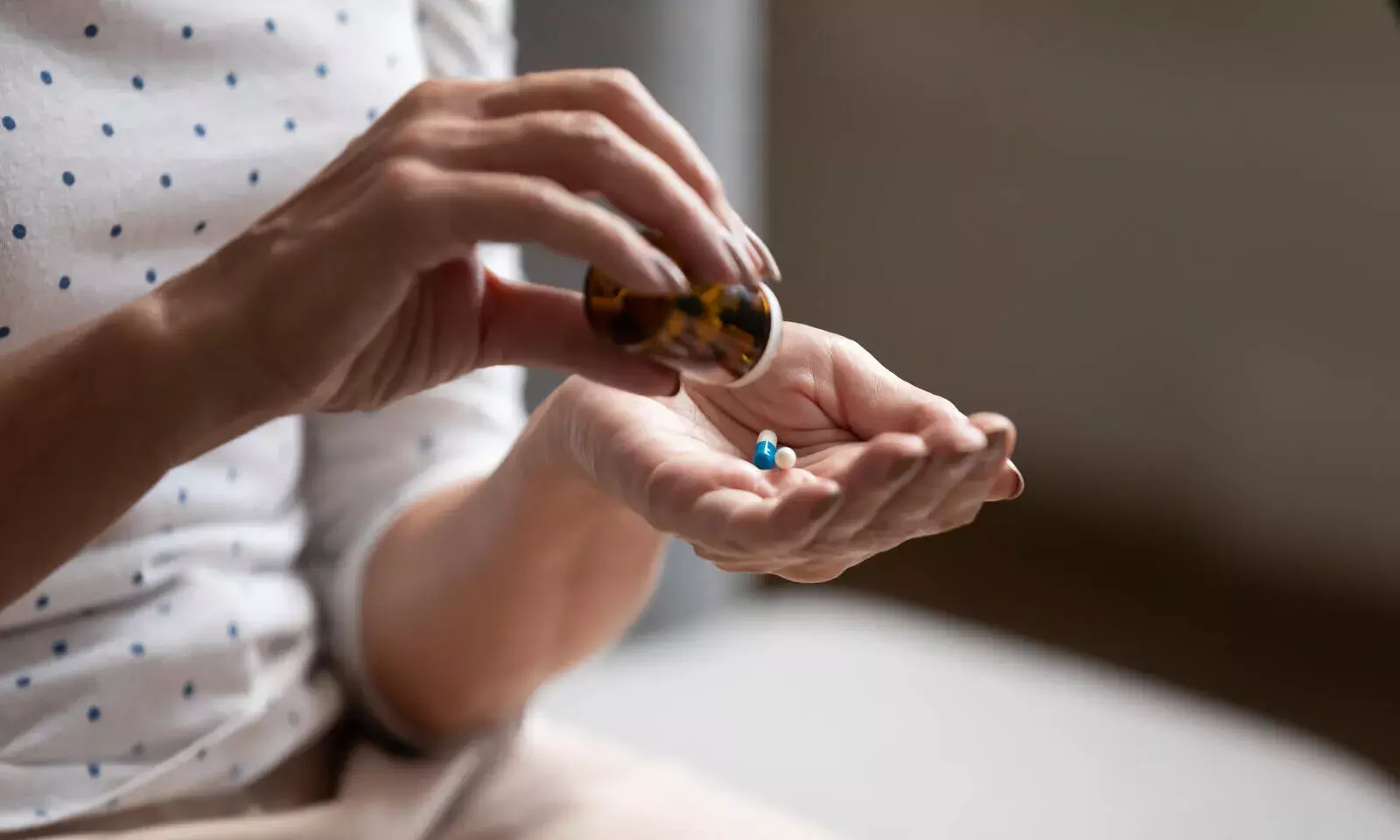Antimicrobial Awareness Week: Debunking 5 Myths Around Antibiotics
Antimicrobial resistance, termed a major threat to human health, can be caused by misuse or overuse of antibiotic medication, say health experts

Representational Image: Shutterstock.com
This November 18, the World Health Organization (WHO) will kick off the World Antimicrobial Awareness Week (WAAW), to raise awareness and understanding of a health condition that affects millions globally.
Antimicrobial resistance (AMR) occurs when disease-causing pathogens, including bacteria, viruses, fungi and parasites, no longer respond to antimicrobial medication–such as antibiotics, antifungals and antivirals–used to treat infections. These drug-resistant pathogens make antimicrobial medication ineffective, thus infections become harder to treat, increasing the risk of disease spread, severe illness and death, per the WHO. The global health body flagged "misuse and overuse" of antimicrobial medications like antibiotics, used to fight bacterial infections, as "the main drivers in the development of [such] drug-resistant pathogens".
In 2019, at least 1.27 million deaths worldwide were directly associated with bacterial AMR for 23 pathogens alone, but the true disease burden was closer to 5 million deaths that year, a worldwide study published in The Lancet medical journal in January 2022 had found.
Ahead of WAAW 2022, FactChecker asked Dr Umang Agrawal, infectious diseases consultant at P.D. Hinduja Hospital & Medical Research Centre in Mumbai and Dr Sandeep Patil, Chief Intensivist at Fortis Hospital in Kalyan, Maharashtra what causes the misuse of antibiotics, and how this can be avoided. They debunked five common myths and misconceptions around antibiotics which lead to their misuse.
Myth #1: Cold, cough and flu can be better cured if treated with antibiotics
Fact: Cold, cough and flu are viral illnesses. Antibiotics fight bacteria, not viruses, said both doctors.
"[Cold, cough and fever] are self-resolving illnesses, meaning that a person will feel better within 4-5 days. If a person takes an antibiotic medicine on Day 3 and starts to feel better on Day 5, it does not mean that the antibiotic has worked. It's the natural progression of the illness. Unless the patient has bacterial pneumonia, antibiotics do not work for common flu, cough or cold," explained Dr Agrawal.
Rather than self-medicate, it's always best to consult a general physician for treatment, advised Dr Patil.
Myth #2: One can stop antibiotics after symptoms of a particular illness subside
Fact: In the case when someone is prescribed an antibiotic for a disease caused by bacteria, "Always complete the entire course of antibiotics as prescribed, even if the patient feels better," said Dr Patil.
Pneumonia treatment involves a 3-5 day antibiotic course, whereas a bloodstream infection needs a 5- to 7-day course. The antibiotics prescribed for the entire duration must be taken, even after symptoms subside. "If a person stops the medication midway, the chance of a small portion of bacteria remaining in the body is high. This can develop into antibiotic resistance," said Dr Agrawal.
Myth #3: It's ok to use/share antibiotics with friends and family
Fact: "It's not recommended to share antibiotics among family. There are multiple types of pathogens and antibiotics taken by one person may not be appropriate for another's illness. Moreover, this may delay correct treatment and may allow a condition to worsen," said Dr Agrawal.
"Never use antibiotics without a doctor's prescription. Suppose an antibiotic medicine has worked for a person in the past, it does not mean that the same infection will affect a person again. Most antibiotics don't treat all infections. The type and site of infection determines the choice of antibiotics," said Dr Patil.
Myth#4: Antibiotics that are left over can be saved and reused
Fact: Self-medicating with leftover antibiotics is not recommended because the leftover medicines might not cover the full course of treatment, said both doctors. Besides, the patient might not necessarily need an antibiotic. "It's always advised to consult a doctor and take the exact prescribed antibiotic for best results," said Dr Patil.
Myth #5: It's our bodies that become resistant to antibiotics.
Fact: Bodies do not become resistant to antibiotics, rather it's the organism or the bacteria that does, said Dr Patil. "It is about the survival of the fittest. The bacteria try to defend themselves from the antibiotic. Initially, the bacteria is killed when the antibiotic is taken but eventually it starts developing mechanisms to evade the antibiotic medication, because they tend to evolve and change," said Dr Patil.
Generally, most antibiotics work by entering the bacterial cell, but prolonged or unindicated use of antibiotics will make the microbes resistant to it, Dr Patil concluded.


